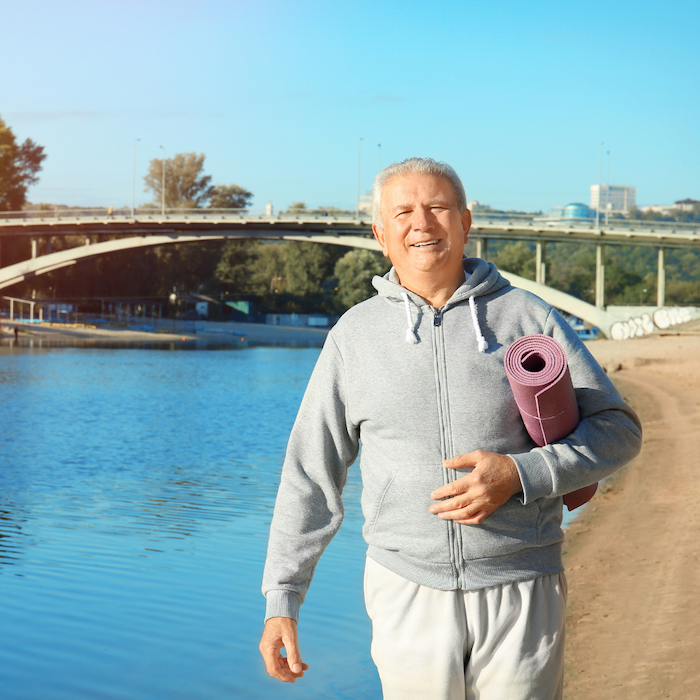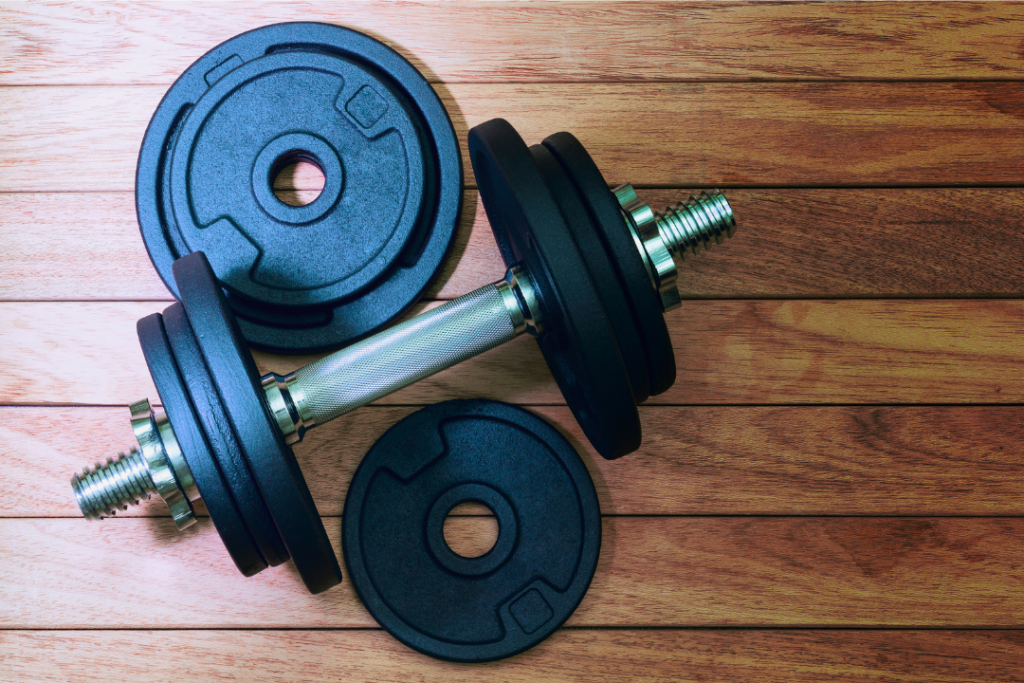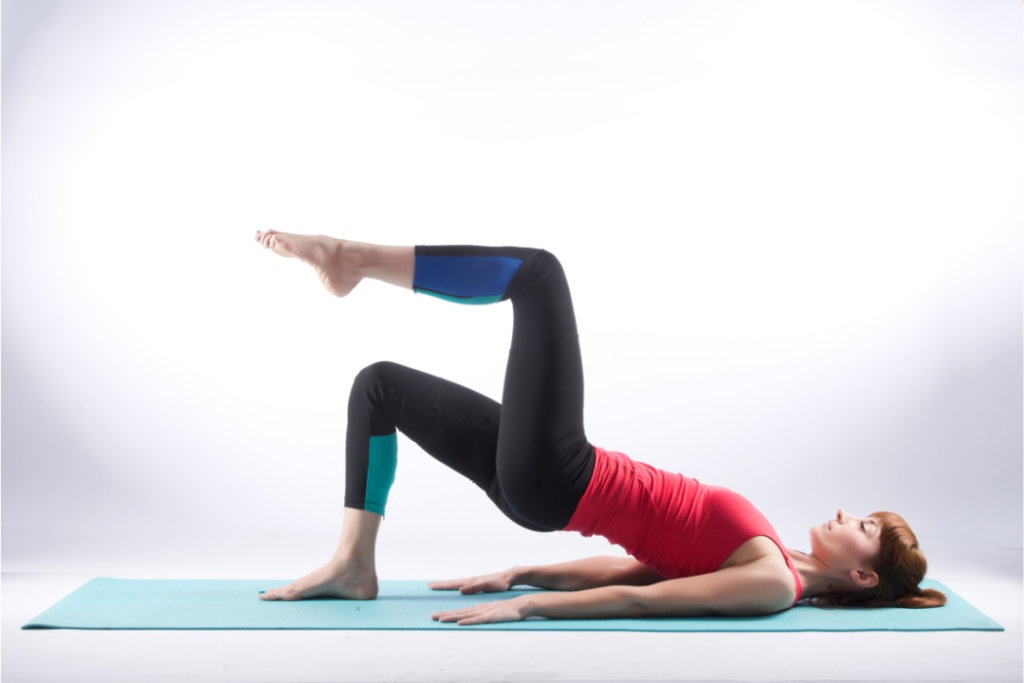Exercising doesn’t have to be hard. In fact, there are a lot of exercises that are easy to do. In today’s blog, we cover some of them, plus how to do them!
The best way to get started is by gradually adding more activity and exercise into your daily routine. If you’re not active right now, start by adding just 10 minutes of exercise a day. Once you’re comfortable with that, add another 10 minutes. And so on.
If you’re already active, try adding a few more challenging exercises to your routine a couple times a week. This will help keep your body challenged and help improve your fitness level.
One way to make sure you’re always challenging yourself is to mix up your exercises. Try doing different types of cardio, strength training, and stretching routines. This will also help prevent boredom, keep your body guessing, and work a wide range of muscles.
Here are a few exercises that are easy to do:
Walking

Walking is a great way to start getting active if you’re not used to being active. Just go for a walk around your neighborhood or at a park. Jogging is another great option if you’re looking for something more challenging than walking.
Here are a few tips for walking:
– Start with a low intensity and gradually increase the intensity as you get more comfortable.
– For an added challenge, carry dumbbell weights. Just 3-5 pound ones will make a difference.
– Make sure you’re breathing correctly. You want to exhale as you work out and inhale when you rest.
– Don’t forget to stretch after your workout. This will help prevent soreness the next day.
Cardio
There are a lot of different types of cardio exercises, so you’re sure to find one that you like. Some of the most popular types of cardio include running, cycling, and swimming.
When doing cardio exercises, it’s important to always warm up first. This will help prevent any injuries.
Here are a few tips for doing cardio:
– Warm up. Start each session with a 5 to 10 minute warmup.
– Cool down. Instead of abruptly stopping your workout, slow down during the last 5 to 10 minutes.
– Invite a friend. Exercise is always more fun with a workout buddy!
– Aim for 150 minutes per week.
Cycling
Cycling is also a good option, especially if you live in a city. There are a lot of bike paths and lanes that make it easy to get around.
Here are a few tips for cycling:
– Buy your bike or bike parts from a local bike shop. Not only does this support a small local business, you’ll likely get more hands-on and in-depth advice on your gear.
– Get the right fit. Optimum seat height can be found by placing your heel on the pedal at its furthest away point. Your leg should be mostly straight, but with a slight bend. You want a slight bend in your elbows, too.
– Keep your bike maintained. The last thing you want to do is get injured due to something malfunctioning.
– Wear a helmet. A head injury could impact cognition for the rest of your life. Keep it safe!
Strength Training
There are a lot of different ways to do strength training. You can use free weights, machines, or even your own body weight.
When doing strength training with your own body weight, there are a few basic moves you can do. These include push-ups, squats, and lunges. You can also do variations of these moves to make them more challenging.

Here are a few tips for strength training:
– Proper technique is essential. If you’re not sure whether you’re doing a particular exercise correctly, ask a registered fitness professional, gym instructor, or exercise physiologist for help.
– Start slowly. If you’re just starting out, you may find that you’re able to lift only a few pounds. That’s okay. Once your muscles, tendons, and ligaments get used to weight training exercises, you may be surprised at how quickly you progress. Once you can easily do 12 repetitions with a particular weight, gradually increase the weight.
– Only use safe and well-maintained equipment. Faulty equipment will significantly increase your risk of injury.
– Don’t hold your breath. Breathe normally while lifting by exhaling during the exertion or harder phase and inhaling during the easier or relaxation phase.
– Control the weights at all times. Don’t throw them up and down or use momentum to ‘swing’ the weights through their range of motion. This can cause injury.
– Use the full range of motion. It is important when lifting a weight that it travels through the full range of motion of the joint. This develops strength of the muscle at all points of the motion of the joint and decreases the chance of injury through over-stretching.
– Wear appropriate clothing and safety equipment such as gloves. Dress comfortably and practically (for example, wear clothes that allow you to sweat easily and do not restrict movement).
– Maintain correct posture and body positioning (form) to reduce the risk of injury at all times.
– Once you have finished a set, gently place the weights on the floor – don’t drop them. Otherwise, you could injure yourself or people nearby.
– Don’t try to train through an injury. Stop your workout immediately, take some time away, and seek medical advice if needed.
– Muscle needs time to repair and grow after a workout. A good rule of thumb is to rest the muscle group for at least 24 hours before working the same muscle group again.
Yoga
Yoga is a mind and body practice which combines physical postures, breathing techniques, and meditation or relaxation. There are a lot of different types of yoga, so you have plenty of options. Some of the most popular types of yoga include Hatha Yoga, Ashtanga Yoga, and Bikram Yoga.
When doing yoga, it’s important to always warm up first. This will help prevent any injuries.
Here are a few tips for doing yoga:
– Find a quality teacher. An experienced yoga instructor can provide a great deal of insight and guidance as you practice.
– Learn some poses ahead of time. This way you’re not spending the time you should be stretching and relaxing trying to get your form right.
– Wear comfortable clothing. Make sure they can allow you to stretch easily without inhibiting your range of motion or risking tearing.
– Use a clean non-slip mat. You want to be focused on the stretches and not the stability of your mat.
– Begin where you are. Don’t overdo it as this may risk an injury. Start with your own comfort level and gradually increase your stretches over time.
Pilates

Pilates is similar to yoga in that you typically find a pose and hold it. But while yoga focuses more on combining the pose with breathing and relaxation techniques, Pilates combines the pose with arm and leg workouts, challenging the core. Some of the most popular types of Pilates include Mat Pilates, Reformer Pilates, and Cadillac Pilates.
Here are a few tips for doing Pilates:
– Find a good Pilates instructor to get proper form and technique down. This will help you avoid injury.
– Have patience. Pilates can be a challenge for some beginners, but it’s important to know that everyone had to pull through that first bit until they were able to perform with more ease. You’ll get there too!
– Don’t push too hard. “No pain, no gain” isn’t the Pilates way. Don’t overdo it with new poses and if you feel discomfort or pain, lay off or try another position.
– Personalize your workout. Find which positions and exercises work best for you and stick to those.
Health conditions and injuries
If you have a health condition or an injury, it’s best to check with your doctor before starting any type of exercise program. Your doctor will be able to recommend exercises that are safe for you to do.
If you’re not sure where to start, your doctor may refer you to an exercise physiologist or physical therapist. These professionals can help design a program that’s right for you.
Exercise is an important part of a healthy lifestyle, but it’s not always easy to get started. These exercises are easy to do, and you can do most of them at home without any special equipment. Why not get started today?
Get support for your workouts
Our CBD tincture can help you recover from your workouts.
This is because CBD relaxes the muscles, alleviating tension and discomfort, while also managing inflammation so that the muscles can heal better.
We also include turmeric, one of the best anti-inflammatories out there!
Not only that, they’re both infused with our highly absorbable micelle liposomal formula.
To learn more about how SomaLeaf can help your workout regimen…





